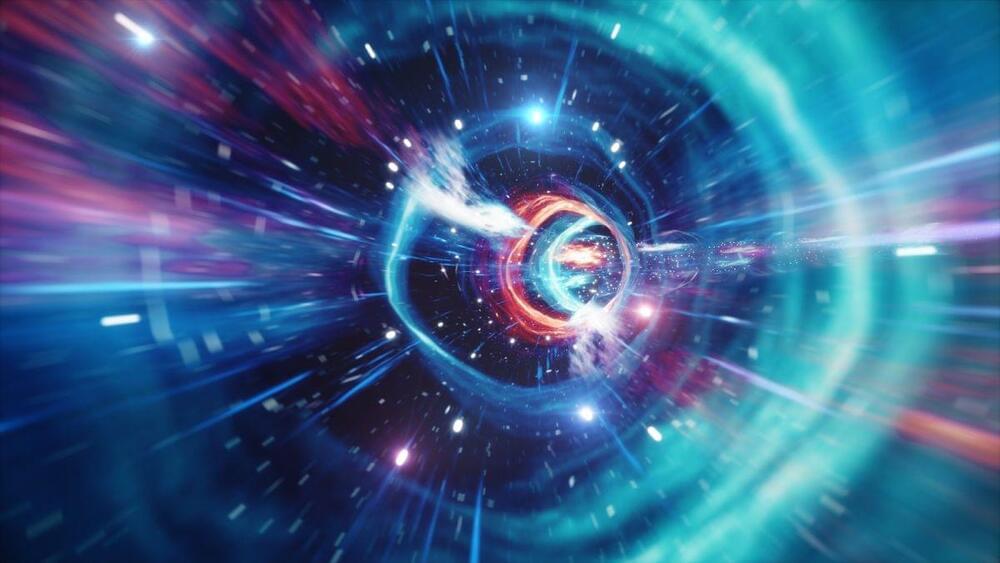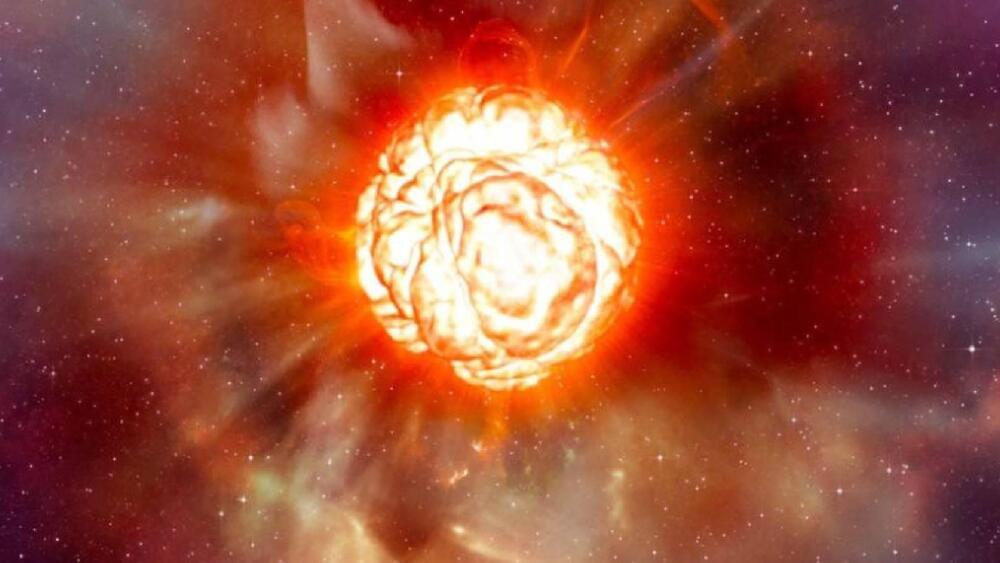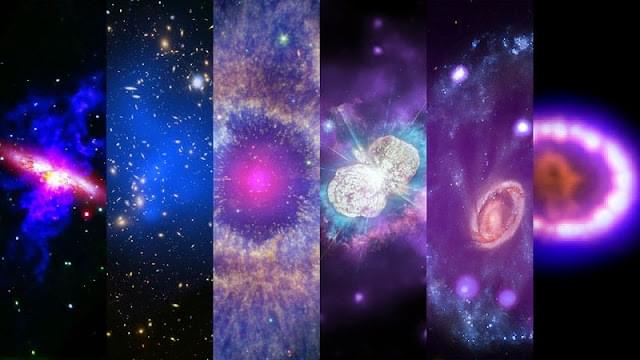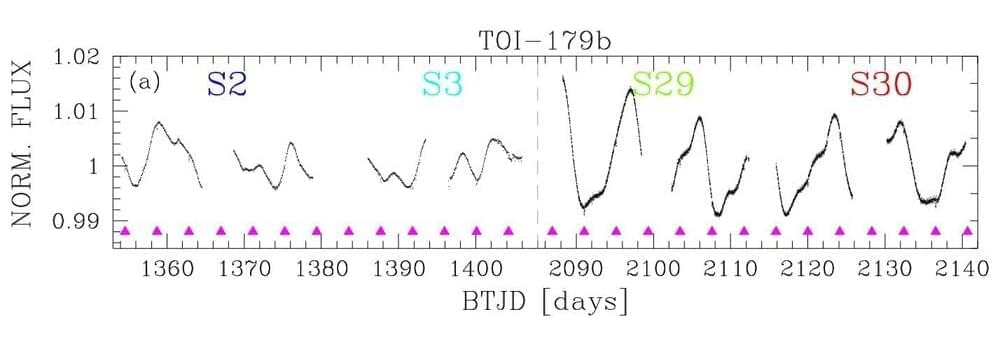What is exotic matter, and could we use it to make wormholes? – Julia, aged 14, London.


Where are we likely to find life first and the most on Mars? And why I think that is both likely and not a threat to us and us not to it, Watch and see.
Worm-hole generators by the pound mass: https://greengregs.com/
For gardening in your Lunar or Mars habitat GalacticGregs has teamed up with True Leaf Market to bring you a great selection of seed for your planting. Check it out: http://www.pntrac.com/t/TUJGRklGSkJGTU1IS0hCRkpIRk1K
Awesome deals for long term food supplies for those long missions to deep space (or prepping in case your spaceship crashes: See the Special Deals at My Patriot Supply: www.PrepWithGreg.com.


Whether you are a keen astrophotographer or general lover of all things outer-space, NASA has a treat for you. They have made 140,000 audio clips, videos, and images available for everyone to view and download – copyright free and for public use.
Within the in-depth, searchable library, NASA has included the EXIF data with all images. This is particularly exciting as it provides an insight into how these photographs were created, whether that be with specialist equipment or more accessible DSLRs.

When a star explodes (a supernova), it sends its intense burst of light out in all directions. On rare occasions, in the months and years that follow, rings of light or “light echoes” spread out from the original supernova position.
This is what is described in a recent paper in The Astrophysical Journal Letters based on observations with the Hubble Space Telescope (HST) by a collaboration of astronomers from Dublin, Barcelona, Aarhus, New York and Garching. The paper, “Hubble Space Telescope Reveals Spectacular Light Echoes Associated with the Stripped-envelope Supernova 2016adj in the Iconic Dust Lane of Centaurus A,” was published this week.
The scientists merged the HST images in a short gif-video, showing first the supernova explosion at the very center, followed by light rings which appeared when light from the explosion hit various layers of dust in the vicinity.

O.o!!
On Sunday, October 9, Judith Racusin was 35,000 feet in the air, en route to a high-energy astrophysics conference, when the biggest cosmic explosion in history took place. “I landed, looked at my phone, and had dozens of messages,” said Racusin, an astrophysicist at NASA’s Goddard Space Flight Center in Maryland. “It was really exceptional.”
The explosion was a long gamma-ray burst, a cosmic event where a massive dying star unleashes powerful jets of energy as it collapses into a black hole or neutron star. This particular burst was so bright that it oversaturated the Fermi Gamma-ray Space Telescope, an orbiting NASA telescope designed in part to observe such events. “There were so many photons per second that they couldn’t keep up,” said Andrew Levan, an astrophysicist at Radboud University in the Netherlands. The burst even appears to have caused Earth’s ionosphere, the upper layer of Earth’s atmosphere, to swell in size for several hours. “The fact you can change Earth’s ionosphere from an object halfway across the universe is pretty incredible,” said Doug Welch, an astronomer at McMaster University in Canada.
Astronomers cheekily called it the BOAT—“brightest of all time”—and began to squeeze it for information about gamma-ray bursts and the cosmos more generally. “Even 10 years from now there’ll be new understanding from this data set,” said Eric Burns, an astrophysicist at Louisiana State University. “It still hasn’t quite hit me that this really happened.”




An international team of astronomers reports the detection of a new planetary system by observing a nearby star known as HD 18,599 (or TOI-179). It appears that this star is orbited by a Neptune-mass exoplanet and a massive sub-stellar object. The finding was detailed in a paper published October 14 on the arXiv pre-print server.
TESS is conducting a survey of about 200,000 of the brightest stars near the sun with the aim of searching for transiting exoplanets. So far, it has identified nearly 6,000 candidate exoplanets (TESS Objects of Interest, or TOI), of which 266 have been confirmed so far.
Now, a group of astronomers led by Silvano Desidera of the Astronomical Observatory of Padova, has recently confirmed another TOI monitored by TESS. They report that a transit signal has been identified in the light curve of a bright K-dwarf star—TOI-179 (other designations HD 18,599 and HIP 13754). The planetary nature of this signal was confirmed by follow-up observations using the High Accuracy Radial velocity Planet Searcher (HARPS) and Spectro-Polarimetric High-contrast Exoplanet REsearch (SPHERE) instruments.